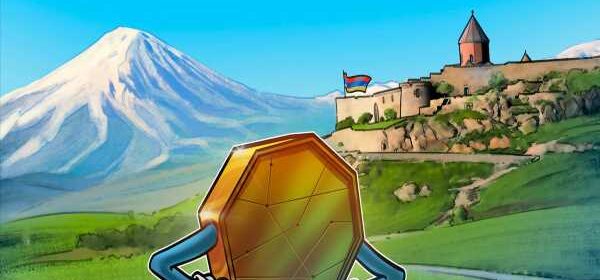Armenian cultural heritage sites tokenized on Solana blockchain

The Realm of Historia project recently announced its intentions to make strides in preserving Armenian cultural heritage through leveraging the use of blockchain technology and nonfungible tokens (NFTs).
In a departure from conventional methods, this initiative seeks to digitize historical artifacts and physical historical sites, starting with the Realm of Historia: Carahunge X digital asset collection.
Cointelegraph spoke with the two creators of Realm of Historia, Ivan Grantovsky and Ivan Krylov, about how emerging technologies can preserve culture and connect new generations with history.
At the core of Realm of Historia’s effort is the Solana blockchain, which the two developers said was chosen for efficiency and transparency purposes.
Krylov said part of the inspiration for creating a platform is the lack of engaging platforms that digitally present cultural heritage and are transparent with how to participate philanthropically.
The Realm of Historia: Carahunge X collection aims to digitize the tangible essence of the Carahunge site, known as the Stonehenge of Armenia, which dates back to 5487 BC. All the NFTs in the collection combine art and digital versions of the stones from the physical site.
In addition to digitizing pieces of cultural heritage, the project also aims to support local artists in Armenia and has collaborations with entities like the Yerevan Biennial Art Foundation (YBAF), A1 Art Space and Latitude Art Space.
The founders of Realm of Historia said they see this project playing a pivotal role in bridging cultural divides, empowering local artists and showcasing Armenia’s cultural richness through emerging tech.
Related: How generative AI allows one architect to reimagine ancient cities
The project has a physical-digital aspect in the form of a QR code accompanying each NFT that can be scanned and redeemed in local cafes, museums and other sites in Armenia that have partnered with the project, they said.
This initiative aligns with a broader global trend recognizing blockchain’s potential in cultural heritage preservation. The decentralized and transparent nature of blockchain ensures a reliable record of historical assets, guaranteeing their unaltered accessibility for future generations.
In a similar project in Ukraine, a local art museum used blockchain digitization and NFTs to document and preserve art and cultural heritage during wartime.
More recently, The Sandbox Web3 metaverse platform collaborated with the British Museum to bring art and history to the metaverse in physical-digital experiences.
The team behind Realm of Historia also plans to build “The Atrium” or a “virtual museum hall” where users can enter a 3D lobby dedicated to cultural heritage and the sites represented by the project.
In 2022, the island of Tuvalu, which is rapidly sinking into the sea, announced similar plans to build a digital version of itself to preserve its history as it faces erasure due to climate change.
The Realm of Historia founders said their goal is to eventually go beyond Armenia and build collections “everywhere we can all over the world.” They said they’re in talks about potential preservation projects in Malta, Italy, Cambodia and Georgia.
Magazine: Web3 Gamer: Games need bots? Illivium CEO admits ‘it’s tough,’ 42X upside
Source: Read Full Article

